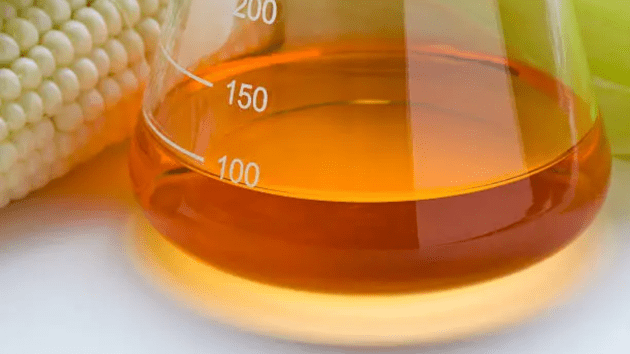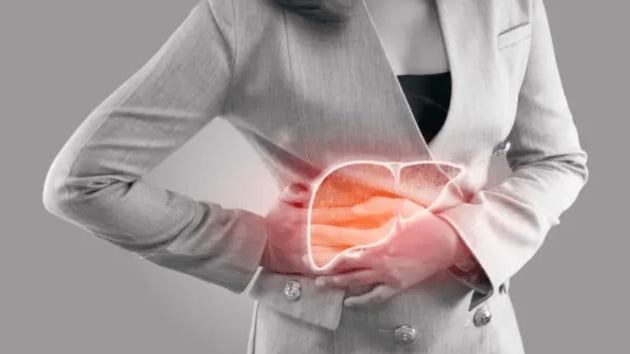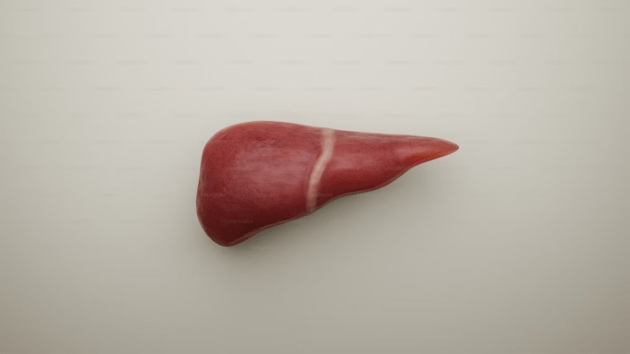Know the link between corn syrup and liver disease
This is all you need to know about the link between corn syrup and liver disease.
October 21, 2025 12:46 IST 1 / 7
1 / 7Especially high fructose corn syrup (HFCS), is a common ingredient in soft drinks, packaged snacks, and desserts. But excessive intake can silently harm your liver. Here’s how this everyday sweetener is connected to fatty liver disease and poor metabolic health, according to health experts. (Source: Photo by Unsplash, reference from healthline )
 2 / 7
2 / 7What Is High-Fructose Corn Syrup? HFCS is a sweetener made from corn starch, containing both glucose and fructose. It’s cheaper than sugar and widely used in processed foods and beverages, but your body processes it differently than regular sugar. (Source: Photo by Unsplash, reference from healthline )
 3 / 7
3 / 7Hidden in Everyday Foods: Corn syrup isn’t just in sodas, it’s found in breads, sauces, breakfast cereals, and even salad dressings. Regular consumption, even in small amounts, can lead to chronic liver stress over time. (Source: Photo by Unsplash, reference from healthline )
 4 / 7
4 / 7Trigger Fat Build Up and Insulin Resistance: High fructose intake overwhelms the liver’s metabolism, promoting fat synthesis and insulin resistance, two key risk factors for liver disease and type 2 diabetes. (Source: Photo by Unsplash, reference from healthline )
 5 / 7
5 / 7The Inflammation Connection: Studies show that high fructose corn syrup can increase oxidative stress and inflammation in liver tissues, accelerating the progression from fatty liver to more serious conditions like liver fibrosis. (Source: Photo by Unsplash, reference from healthline )
 6 / 7
6 / 7How it Affects the Liver? Unlike glucose, fructose is metabolized directly in the liver. When consumed in excess, it’s converted into fat, leading to fat accumulation and inflammation in liver cells. Over time, this can cause non alcoholic fatty liver disease (NAFLD). (Source: Photo by Unsplash, reference from healthline )
 7 / 7
7 / 7How to Protect your Liver? Cut down on processed and sugary foods, read ingredient labels carefully, and choose whole fruits for natural sweetness. A balanced diet with regular exercise can reverse early liver damage caused by excess fructose. (Source: Photo by Unsplash, reference from healthline )











